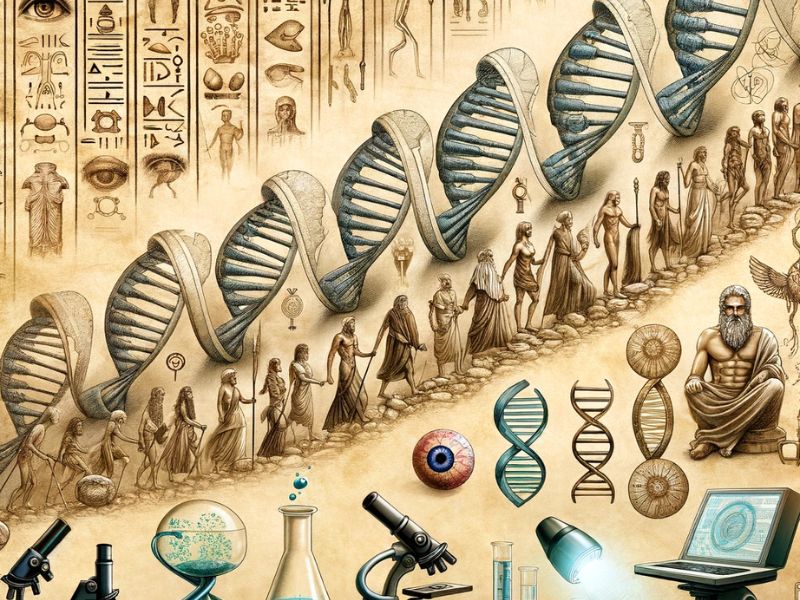
The History of Cancer Diagnosis
From Egyptian Papyri to Modern Oncology
Early References to Cancer
The earliest known descriptions of cancer appear in seven papyri discovered and deciphered in the late 19th century, providing the first direct knowledge of Egyptian medical practice. Among these, the Edwin Smith and George Ebers Papyri contain descriptions of cancer dating back to around 1600 BC and are believed to derive from sources dating back to 2500 BC. The Smith Papyrus describes surgical interventions, while the Ebers Papyrus outlines pharmacological, mechanical, and magical treatments. Ancient Egyptians were able to distinguish between benign and malignant tumors and employed various treatments, including surgery.
The Evolution of Cancer Understanding
After the decline of Egypt, the subsequent chapters of medical and scientific history were written in Greece and Rome. Great physicians like Hippocrates and Galen dominated medical thought for 1500 years. They defined disease as a natural process, basing treatment on observation and experience. Hippocrates is credited with naming “cancer” as “karkinoma” (carcinoma) because a tumor resembled a “crab,” with a central body and extensions that looked like the “crab’s” legs.
From the Renaissance to Modern Oncology
During the Renaissance, with advancements in science and surgery, physicians returned to direct observation of the human body. However, the theory that cancer was caused by an excess of black bile continued to prevail until the 16th century. Cancer was considered incurable, though various pastes containing arsenic were formulated to treat its manifestations. In the 17th century, the old theory of disease based on bodily humors was discarded when Gaspare Aselli discovered the vessels of the lymphatic system and suggested lymphatic abnormalities as the primary cause of cancer. In the 19th century, the development of better microscopes helped document and define pathogenic organisms and enabled the examination of cells and cellular activity. The study of tissues and cancerous tumors revealed that cancer cells markedly differed in appearance from normal cells in the surrounding tissue or from the cells from which they originated.
Cancer in the 20th Century
In the 20th century, significant strides were made in understanding the structures, functions, and chemistry of living organisms. Research on cancer in cell culture, chemical carcinogens, diagnostic techniques, and chemotherapy solidified oncology as a science. In 1911, a viral cause of cancer in chickens was documented, and both chemical and physical carcinogens were conclusively identified. Chromosomal abnormalities were also investigated as possible causes of cancer. In 1913, the need to combat growing public fear and ignorance about cancer led to the publication of the first known article on cancer warning signs in a popular women’s magazine and the formation of a national organization dedicated to public cancer education.
Sources


